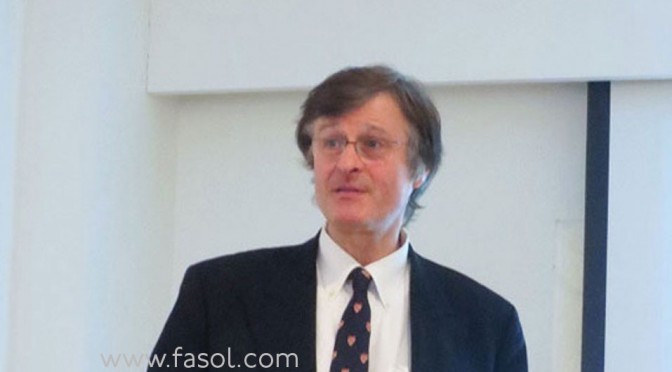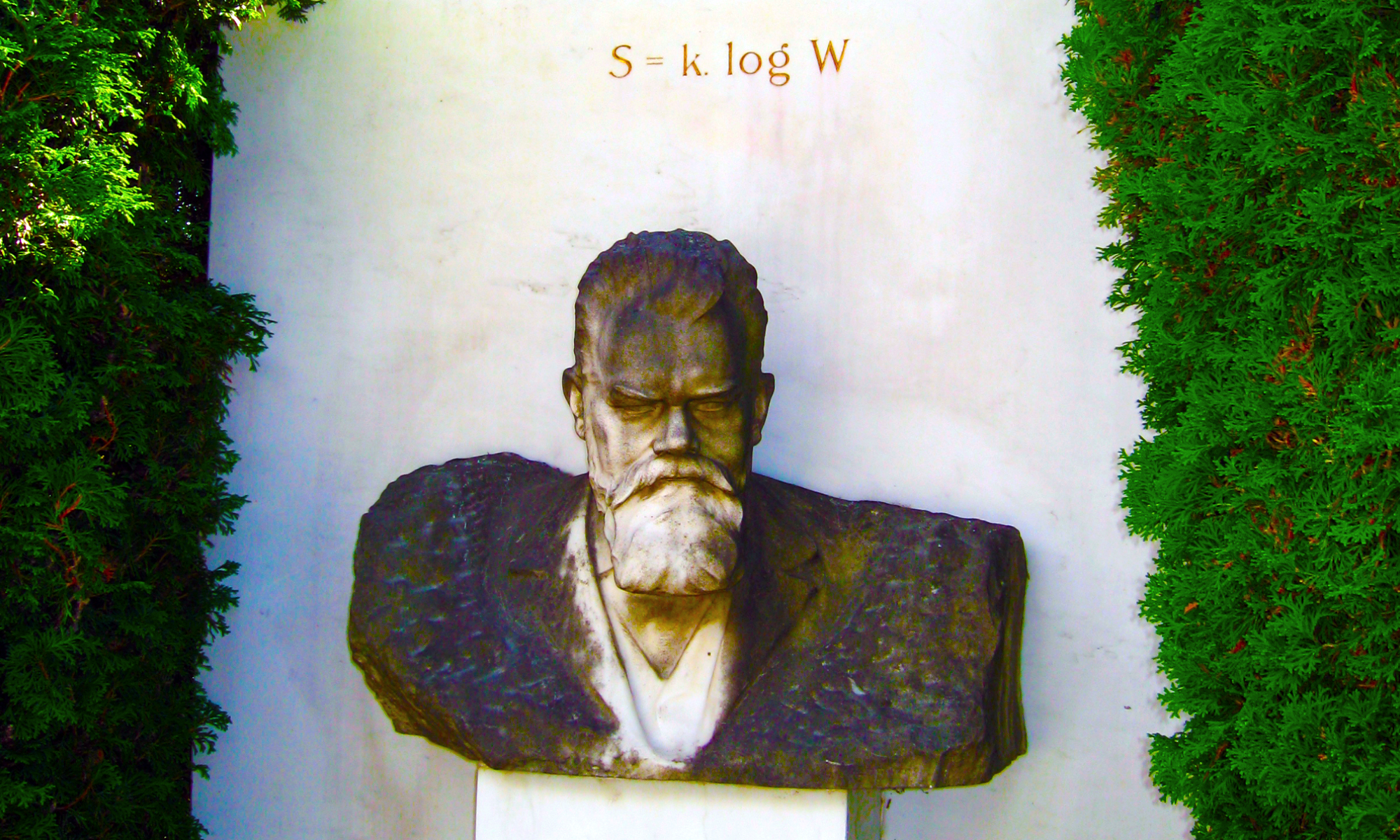Tag: entropy
-

Ludwig Boltzmann – Energy, Entropy, Leadership by Gerhard Fasol (6th Ludwig Boltzmann Symposium)
Ludwig Boltzmann as leader (Gerhard Fasol, CEO of Eurotechnology Japan KK. Served as Associate Professor of Tokyo University, Lecturer at Cambridge University, and Manger of Hitachi Cambridge R&D Lab.) Keynote presented at the 6th Ludwig Boltzmann Symposium on February 20, 2014 at the Embassy of Austria in Tokyo. Ludwig Boltzmann, the scientist Ludwig Boltzmann’s greatest…
-

our future: hot, flat, and crowded… celebrating Ludwig Boltzmann’s 165th birthday
First Ludwig Boltzmann Forum Tokyo on February 20th, 2009 Speakers: Hisashi Kobayashi, Gerhard Fasol, Kazu Ishikawa, Kiyoshi Kurokawa Ludwig Boltzmann was one of the most important physicists and philosophers: it is almost impossible for any engineer, chemist or physicist to do a day’s work without using Boltzmann’s tools and results every day. Ludwig Boltzmann is…
-

Ludwig Boltzmann 100 years
On 5 September 1906 Ludwig Boltzmann died in Duano, Italy Ludwig Boltzmann: 20 February 1844 – 5 September 1906 Ludwig Boltzmann (20 February 1844 – 5 September 1906) is our company’s founder’s great grandfather – and one of our company’s great inspiration. We are working hard to continue his tradition of innovation and excellence and…